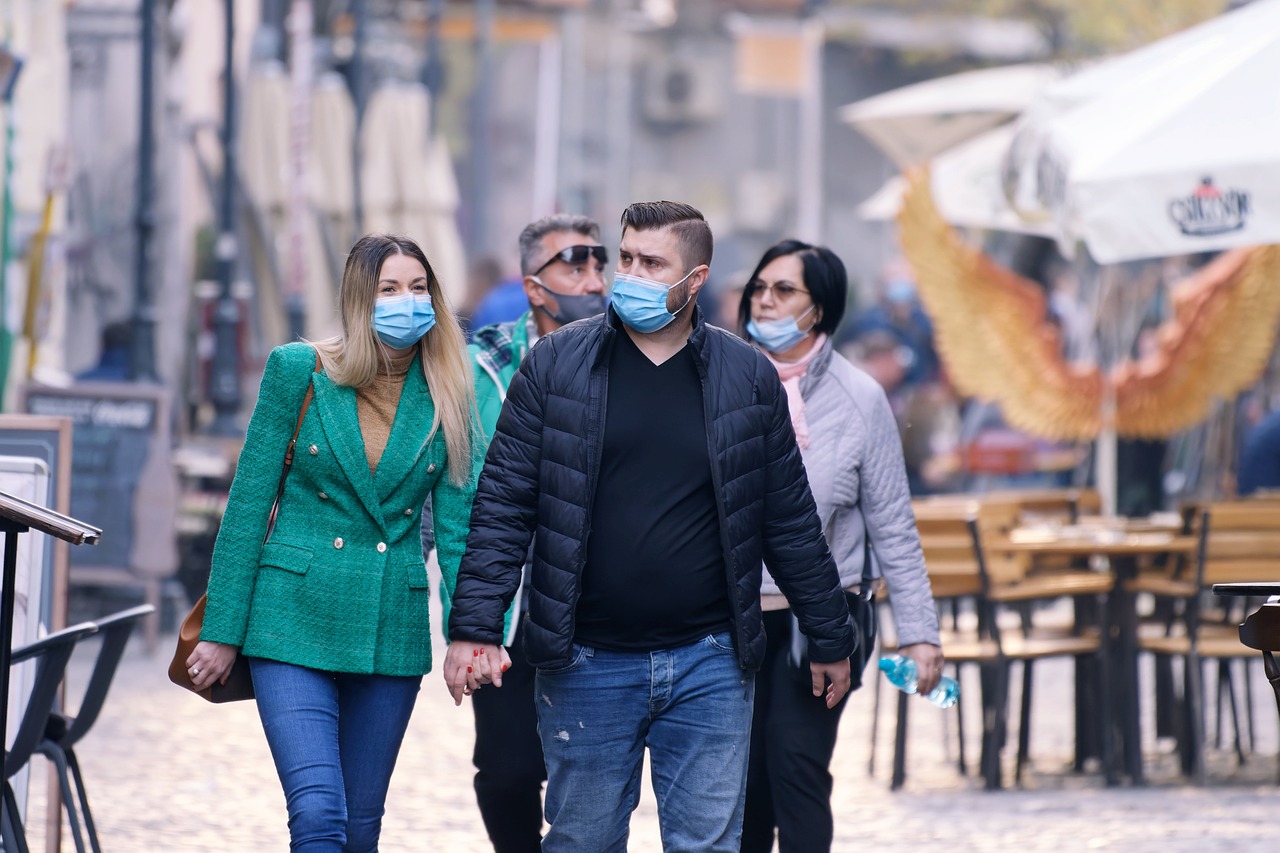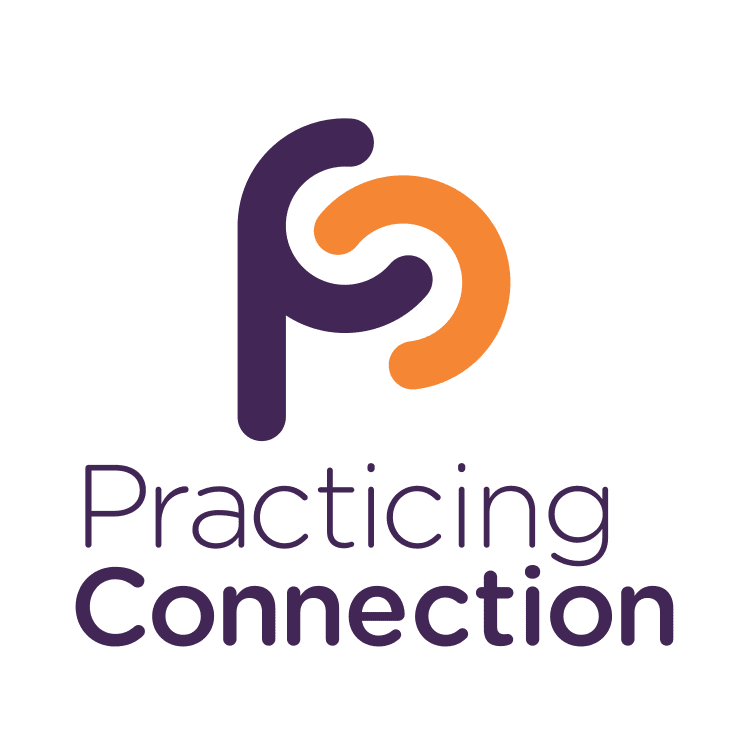(Season 5, Episode 23)
In this episode, hosts Jessica Beckendorf and Bob Bertsch delve into the heart of community recovery with their enlightening discussion on the “Come Back Better” approach.
Discover how you and your community can navigate the challenges of our rapidly changing world by harnessing the strengths and assets within your community. Gain valuable insights from their exploration of real-life stories and collective practices emerging from the COVID-19 pandemic response.
Learn how to:
- Foster inclusive practices that prioritize equity and justice.
- Adopt a growth mindset to navigate challenges and drive positive change.
- Embrace persistence and iteration in crafting effective solutions.
- Cultivate action networks to address pressing community issues collaboratively.












